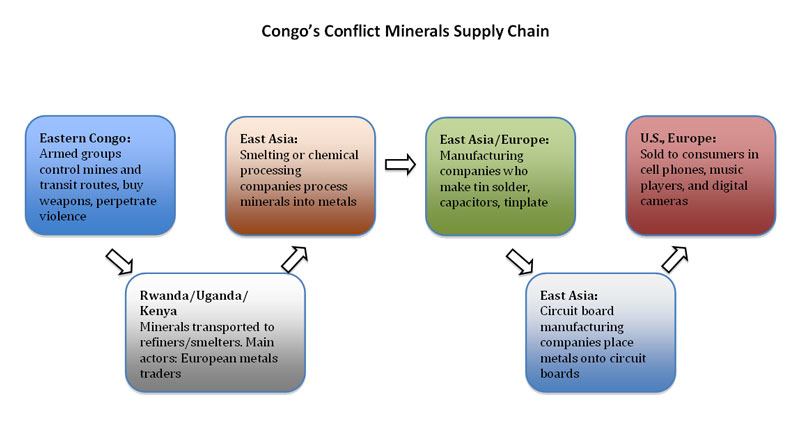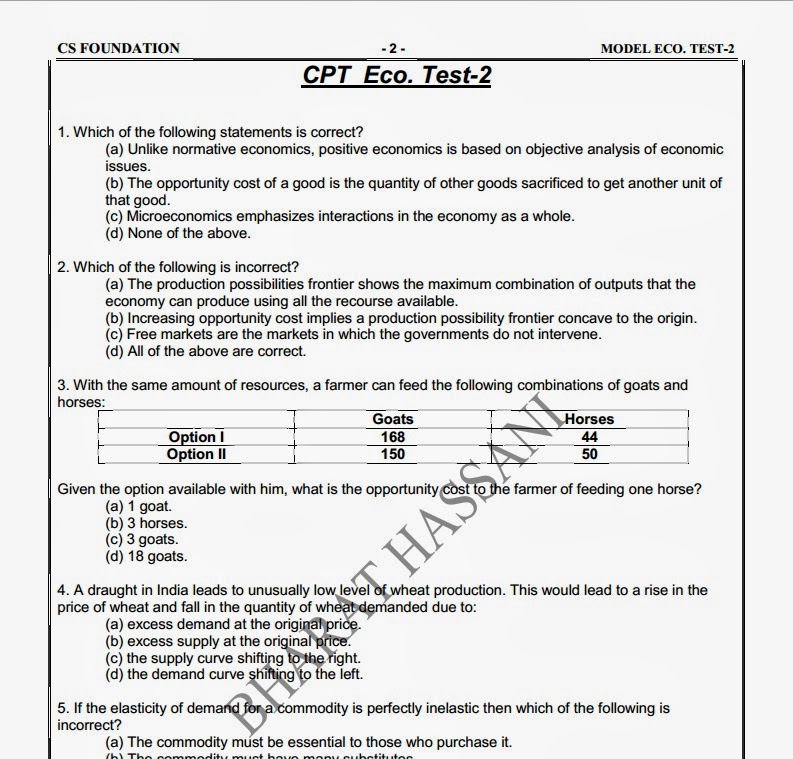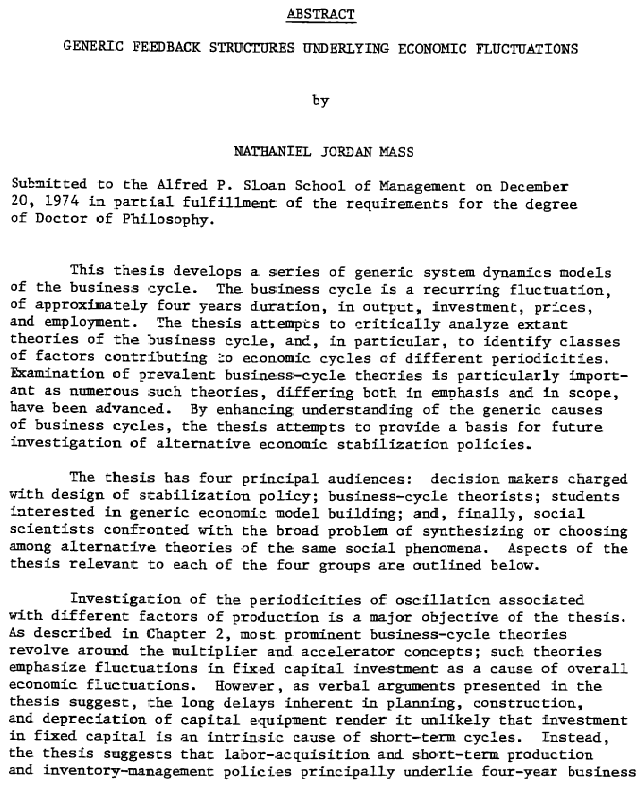Confidence intervals, Sample of Research papers.
View Confidence intervals Research Papers on Academia.edu for free.
The utilization of confidence intervals to determine if the BS model was accurate was concluded “constructing a 95 percent confidence interval for the call option, we found in general that significantly less than 95 percent of the observations fall within the relevant range. ” The theory of incorporating a confidence interval into the BS model developed a way for investors to identify what.

A confidence level is an expression of how confident a researcher can be of the data obtained from a sample. Confidence levels are expressed as a percentage and indicate how frequently that percentage of the target population would give an answer that lies within the confidence interval. The most commonly used confidence level is 95%. A related.

A confidence interval is defined as the range of values that we observe in our sample and for which we expect to find the value that accurately reflects the population. Confidence intervals are sometimes used for an observation from an individual patient. Suppose, for example, we should find that healthy Hct values arise from a N (47,3.6 2.

In Praise of Confidence Intervals David Romer. NBER Working Paper No. 26672 Issued in January 2020 NBER Program(s):Economic Fluctuations and Growth, Labor Studies, Monetary Economics Most empirical papers in economics focus on two aspects of their results: whether the estimates are statistically significantly different from zero and the interpretation of the point estimates.

Confidence Intervals. In everyday terms, a confidence interval is the range of values around a sample statistic (such as mean or proportion) within which clinicians can expect to get the same results if they repeat the study protocol or intervention, including measuring the same outcomes the same ways. As you ask yourself, “Will I get the same results if I use this research?”, you must.

Statistical measures including P-values, confidence intervals (CI), and number needed to treat (NNT) are becoming increasingly common in the urological literature. The meaning and appropriate interpretation of such measures are reviewed through the use of a clinical scenario. CASE SCENARIO. A 60-year-old otherwise healthy man has just undergone a transrectal ultrasound-guided prostate biopsy.

Interpreting Research Findings with Confidence Interval Abstract An understanding of p-values and confidence intervals is necessary for the evaluation of results of any study. The purpose of this article is to provide useful information for the interpretation of these two statistical concepts. The results based solely on P value can be misleading as it only tells that whether the results are.

This limitation can be overcome by reporting confidence intervals for papers’ main estimates and discussing their economic interpretatio n. There has been a revolution in econometric practice in recent decades. The intense focus on identification, the emphasis on economic as well as statistical significance, the attention to ensuring that standard errors are correct, and the development of.

Confidence Intervals. If we want to convey the uncertainty about our point estimate, we are much better served using a confidence interval (CI). A CI is a symmetrical range of values within which values of repeated similar experiments are likely to lie. Our point estimate lies at the center of this range.

It wasn't until the 1980s that journals required confidence intervals and p-values to be reported in papers. By 1992, imprecise estimates were still common, even for large trials. This prevented a clear decision regarding the null hypothesis. For example, a study of medical therapies for acute stroke came to the conclusion that the stroke treatments could reduce mortality or increase it by 10%.

When the confidence intervals do overlap then there still may be a difference. Here are simulated data from two independent normally distributed populations testing the confidence intervals and the p-values. It can easily be seen that this is a fairly frequent event. So don’t make the mistake and make conclusions solely on confidence intervals.

In terms of generalized confidence intervals, findings were similar to the research papers of Niwitpong (11), Wongkhao (12), Weerahandi (7) and Lee and Lin (8).



